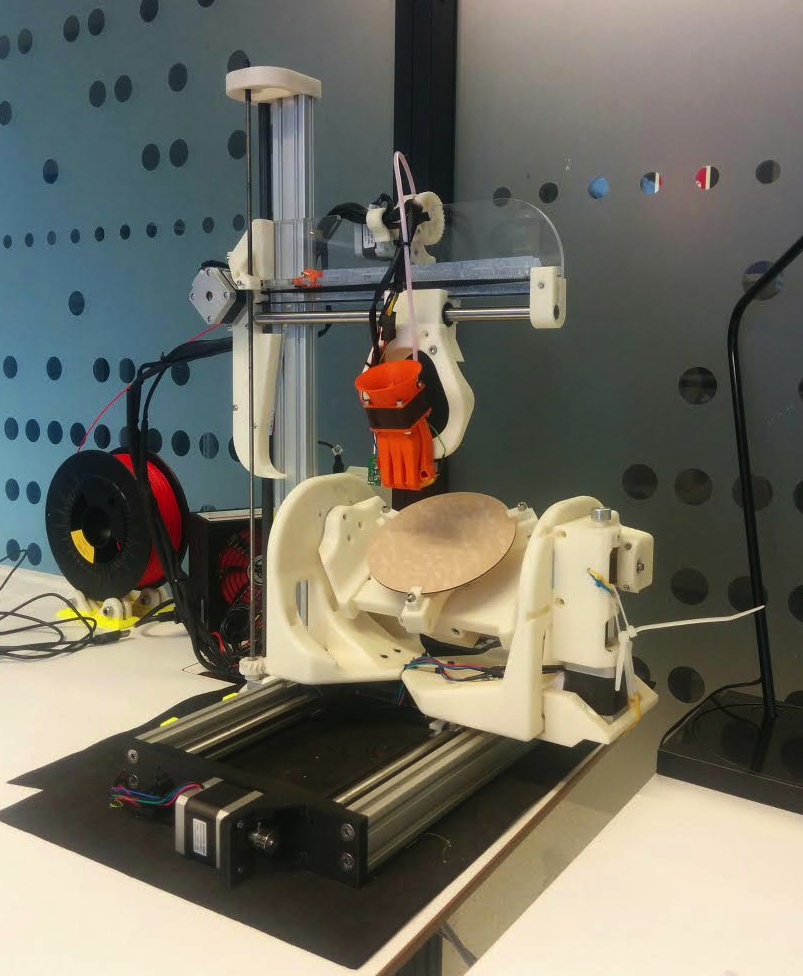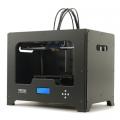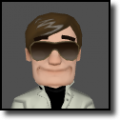Results 1 to 10 of 16
-
06-30-2015, 08:20 AM #1
Incredible New 5-axis FDM Desktop 3D printer
University of Oslo Master's student Øyvind Kallevik Grutle, studying for an advanced degree in Robotics, has taken on an impressive thesis project in creating a 3D printer capable of printing using not just three (X, Y, and Z) axes, but five. The idea came from his professor, and Grutle ran with it, working from a modified RepRap Ormerod design. He's created two versions of the 5-axis 3D printer, which offers the printing of smooth surfaces on planes other than the XY plane, and the printing of overhang structures without the need for support material. The 3D printer will eventually be released on an open source basis, allowing other makers the ability to test its capabilities. Check out details on the machine in the full story: http://3dprint.com/77400/5-axis-3d-printer/
Below is a photo of Grutle's 5-axis 3D printer:

-
06-30-2015, 09:02 AM #2
-
06-30-2015, 12:51 PM #3
Calibration should be fun.

I wish there was more info on what's going on in the second and third videos, the "surface finish" tests. With the access to the part that five axes would provide, gotta wonder if he's working on a post-print process to smooth the surface. I'm just thinking out loud, but I wonder about the viability of a "micro heat gun," a second nozzle that outputs a precise jet of air heated enough to re-melt and smooth the surface.
-
06-30-2015, 03:47 PM #4Staff Engineer

- Join Date
- Jan 2014
- Location
- Oakland, CA
- Posts
- 935
This is a much-needed development, and potentially solves a problem inherent to FFF printers - lack of strength in the vertical axis, where the layers tend to delaminate much more easily than they break across the X or Y axes. Once one can make a bowl (for example) with layers deposited all along the inside, crossing the X/Y laminations, it will be a lot more resistant to coming apart. This would also work with systems like the MarkForged, which lay down continuous strings of fiber along with the plastic. Heretofore, that would vastly increase strength in the directions where it's already strongest, but not in the ones where it's weakest. This would allow the fiber to cross the lamination boundaries and make the part stronger where it's most needed.
Andrew Werby
www.computersculpture.com
-
06-30-2015, 03:52 PM #5Engineer

- Join Date
- Aug 2014
- Location
- Montreal, Quebec
- Posts
- 576
Honestly it took them a while to pull something in the open source world. Those were not that new.
-
07-01-2015, 01:32 AM #6
I would assume that calibration should be exactly the same as a 3-axis printer. Calibration isn't affected by the number of axis. Even setting up a print should be relatively straightforward (based on my 20 years experience around 3- and 5-axis CNC machines). However the software to slice and export g-code for this will be very complex. I doubt it will be a case of one software for any printer, but rather each 5-axis printer has its own specialized software. I have written enough post-processors for 3-axis CNC machines; its not that simple. 5-axis is a whole new ballgame.
-
07-01-2015, 01:33 AM #7Senior Engineer

- Join Date
- Jun 2014
- Location
- Burnley, UK
- Posts
- 1,662
I have an "A" axis on both my laser cutter and my small CNC mill. Getting them working in Marlin is easy enough but actually making Gcode to use the 4th axis is a nightmare, currently I just write it by hand.
-
07-01-2015, 01:37 AM #8
Yeah 5-zaxis is tricky. There are many configurations too eg: head XY table ZAB, head XYZ table AB, head XYZAB, head XZ table YAB, etc. And those are just for machines with a vertical machining axis; you still have all the horizontal configurations.
-
09-26-2015, 11:55 AM #9Student

- Join Date
- Dec 2014
- Location
- Cincinnati
- Posts
- 4
-
09-27-2015, 05:18 AM #10
there are a few 5 axis machines out there.
Most work on a flexible and rotable head.
That's the first one I'vbe see where the build platform moves instead.






 Reply With Quote
Reply With Quote










Extruder not feeding during print,...
04-28-2024, 02:02 PM in Tips, Tricks and Tech Help